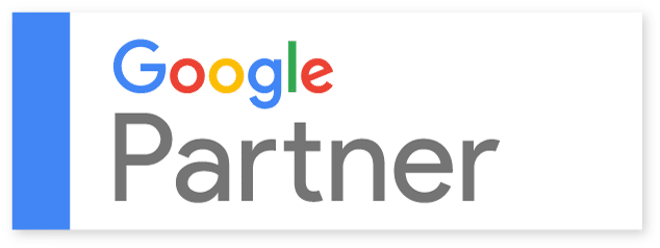A Guide to Being SEO Savvy
Demistifying Search Engine Optimisation
What is SEO?
SEO stands for Search Engine Optimisation – an effective way to drive traffic to your website organically and enhancing the chances of your website being ranked in the top results of a Search Engine by adding key words, tags, titles and descriptors to content shared on your website. Search Engines such as Google, Bing and Yahoo work using algorithms (which constantly change may I add) so it is important to keep up to date with these.

Why SEO?
SEO is very important when you own a website because people rely on Search Engines to find what they are looking for and Search Engines like Google, Yahoo and Bing collect information about every page on the internet to help individuals find exactly what they are looking for.
63% of people who search on Google only open the first three results on their search results, and this is why SEO is so important. You need to work on your website so that it ranks higher and higher in search results in order that those who are looking for you can find you. But remember your competitors are doing the same thing and not every brand can rank in the top three! So what are you going to do differently?
Technical SEO
Technical SEO refers to coding and technical issues that Google and other search engines are requesting to help them determine the true nature and content of your site. Such technical SEO tactics and strategies include:
- XML sitemaps that provide semantic markup that give search engine specific detail of pages, images, and video found on your website.
- “404 pages” that are set up and served whenever a page is “missing” or a broken link results in a “page not found”.
- 301 redirects which means that you can add code to tell search engines that a page that no longer exists is no situated in another location. 301 redirect automatically forward website visitors to the new page.
- Efficient coding and technical programming can make your site load faster, page load time studies continually show that pages that load slow(er) loose visitors.
- Canonical programming comes in two basic varieties. In a nutshell you need to determine whether you will serve your website with a WWW subdomain or without one. e.g. www.customfitonline.com or simply customfitonline.com. Both are valid. You just don’t want to serve both versions of your site. The risk is that Google, Bing, etc. will regard this as two unique sites with duplicate content. And search engines do not like duplicate content being served.
- IP addresses are numerical labels assigned to websites so the internet can identify your website. (Custom Fit Online)
It is often worth seeking professional help when it comes to Technical SEO.

Top Tips to Improve SEO Yourself
- Set up a Blog page on your website and publish relevant and informative content relevant to your area of expertise and of interest to your following.
- Be consistent and update your website regularly by adding new content.
- Meta-tag any content you share, this means that the content on your site is summarised and helps in the role of search rankings.
- Write compelling meta descriptions designed to encourage to click on your website when displayed with search results.
- Utilise Social Sharing Buttons on your site so that the content you share can be shared by others, if a link to your website is shared on other websites it will help your website rank higher in search results.
- Share any content you post on your website on your businesses’ Social Media sites such as Facebook and Twitter.
- Set up a YouTube account for your business, share short videos and add tags and descriptors.
- Every few weeks do a Google image search, do all of the images that show up link back to your website?
- Keywords are key in SEO, make sure you add keywords to any content you share on your site, tag the content with these key words, write a description of the content using the same key words and make sure your URL contains keywords.
- Set up an account with Google Analytics so that you can monitor your web traffic and take note of where most of your visitors are coming from

googlegeekblog.wordpress.com







